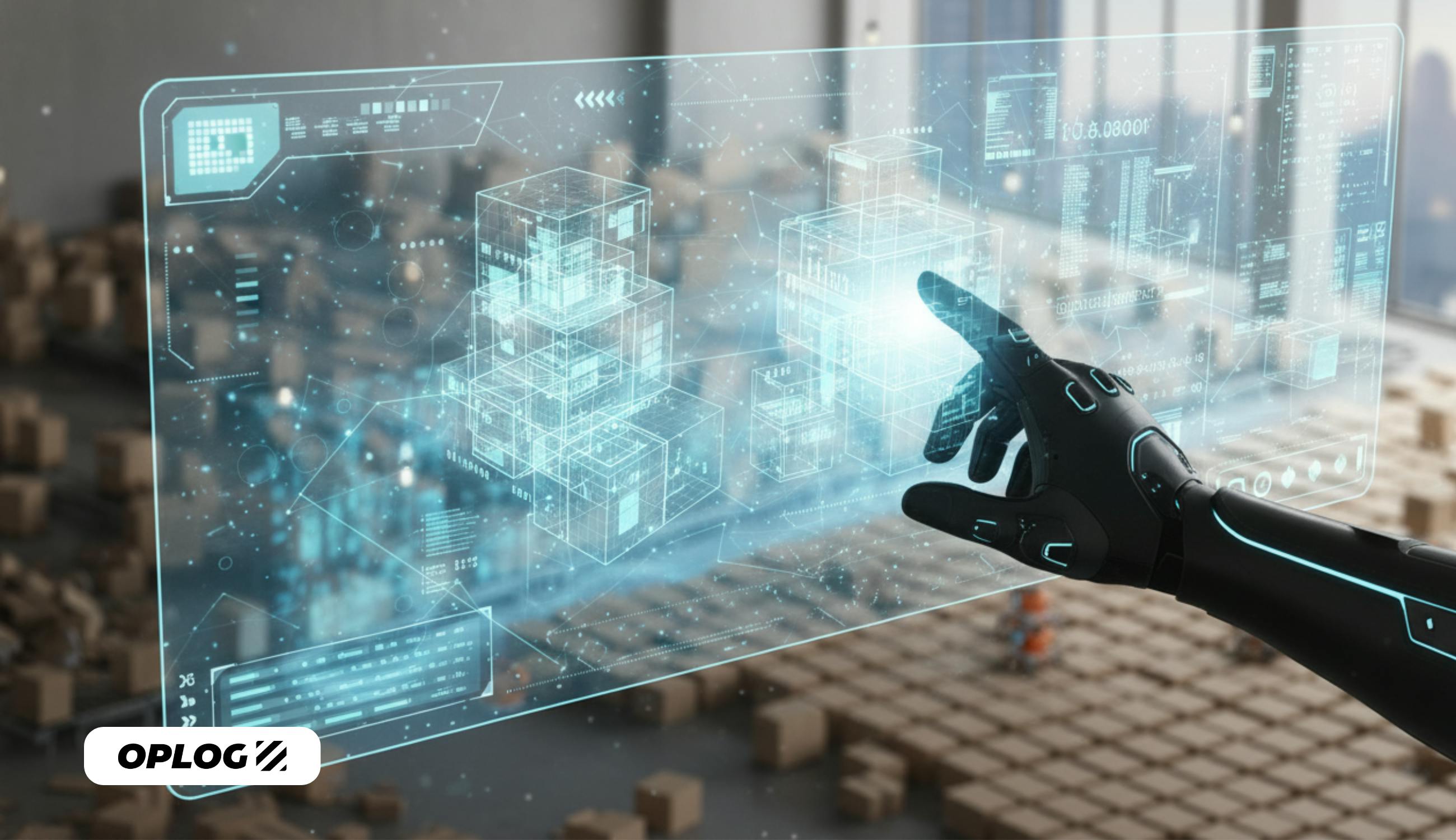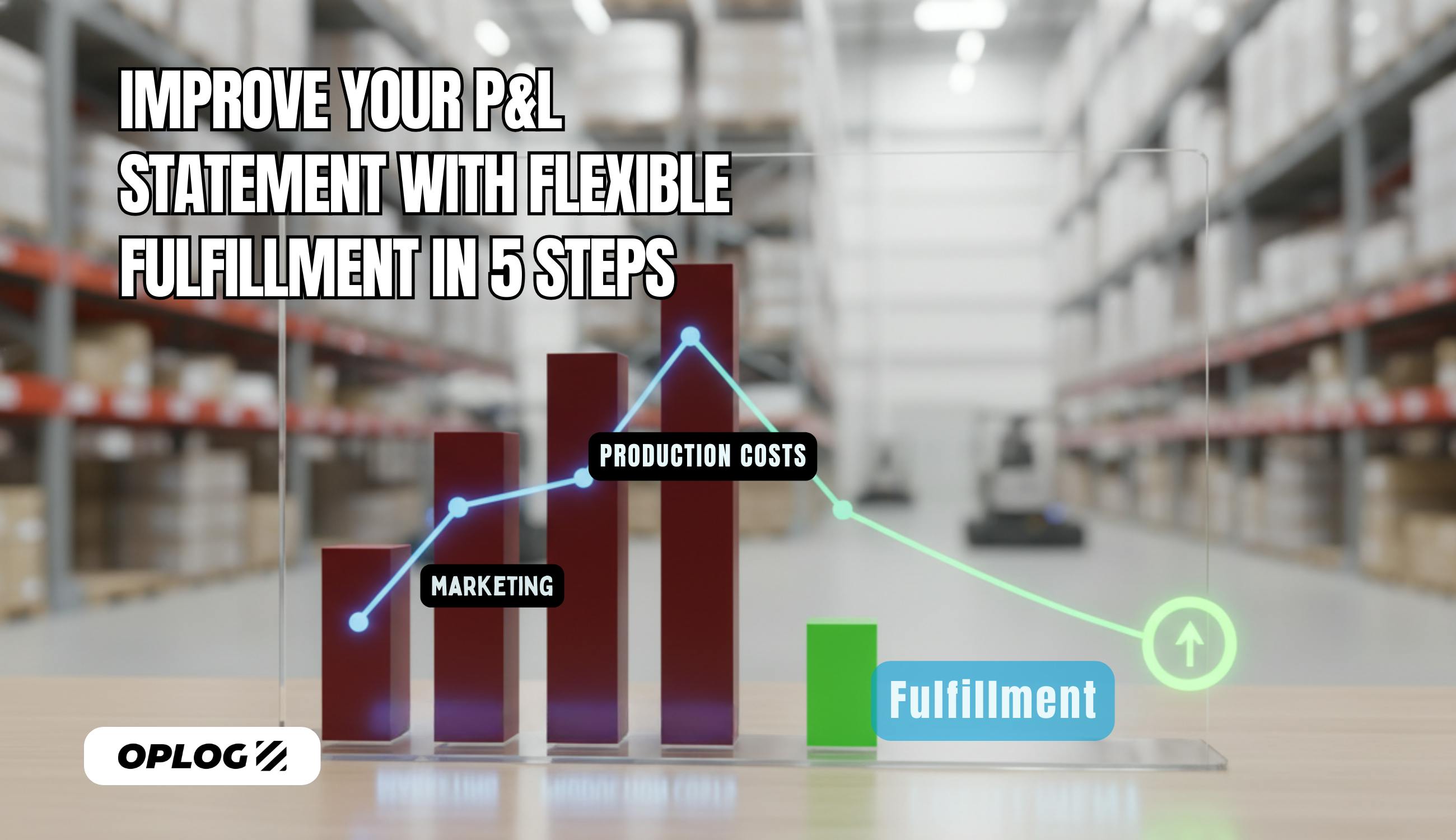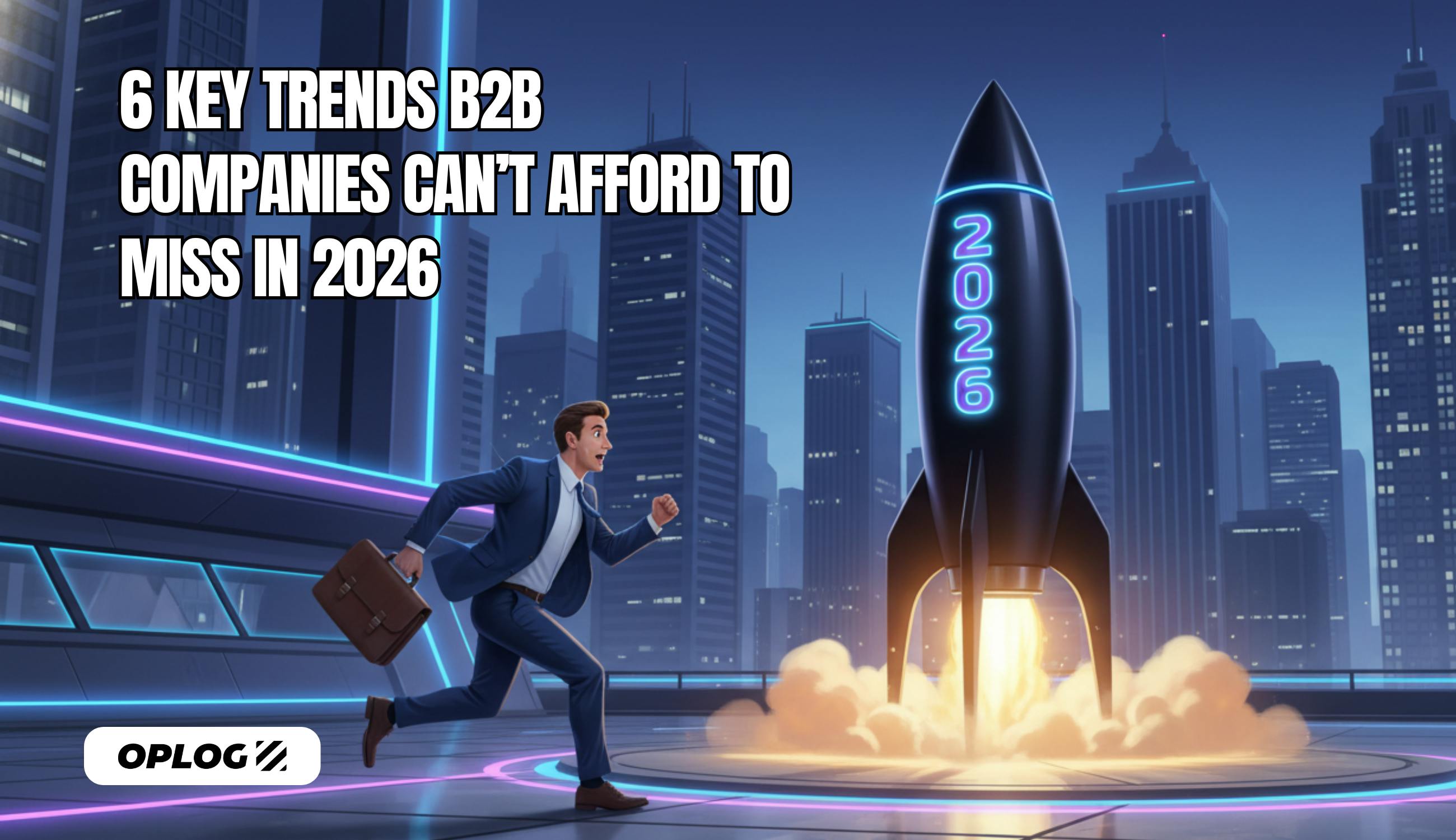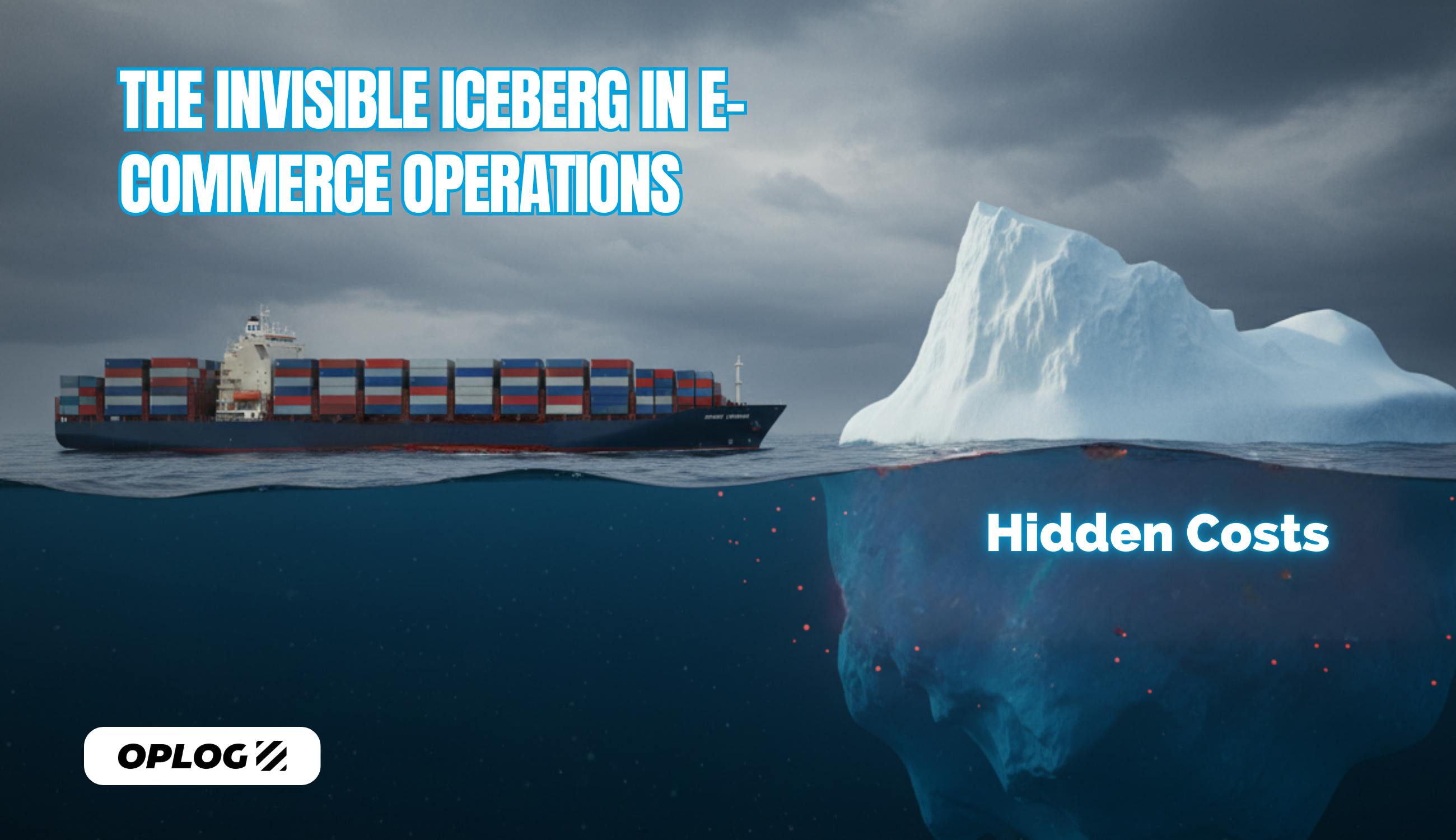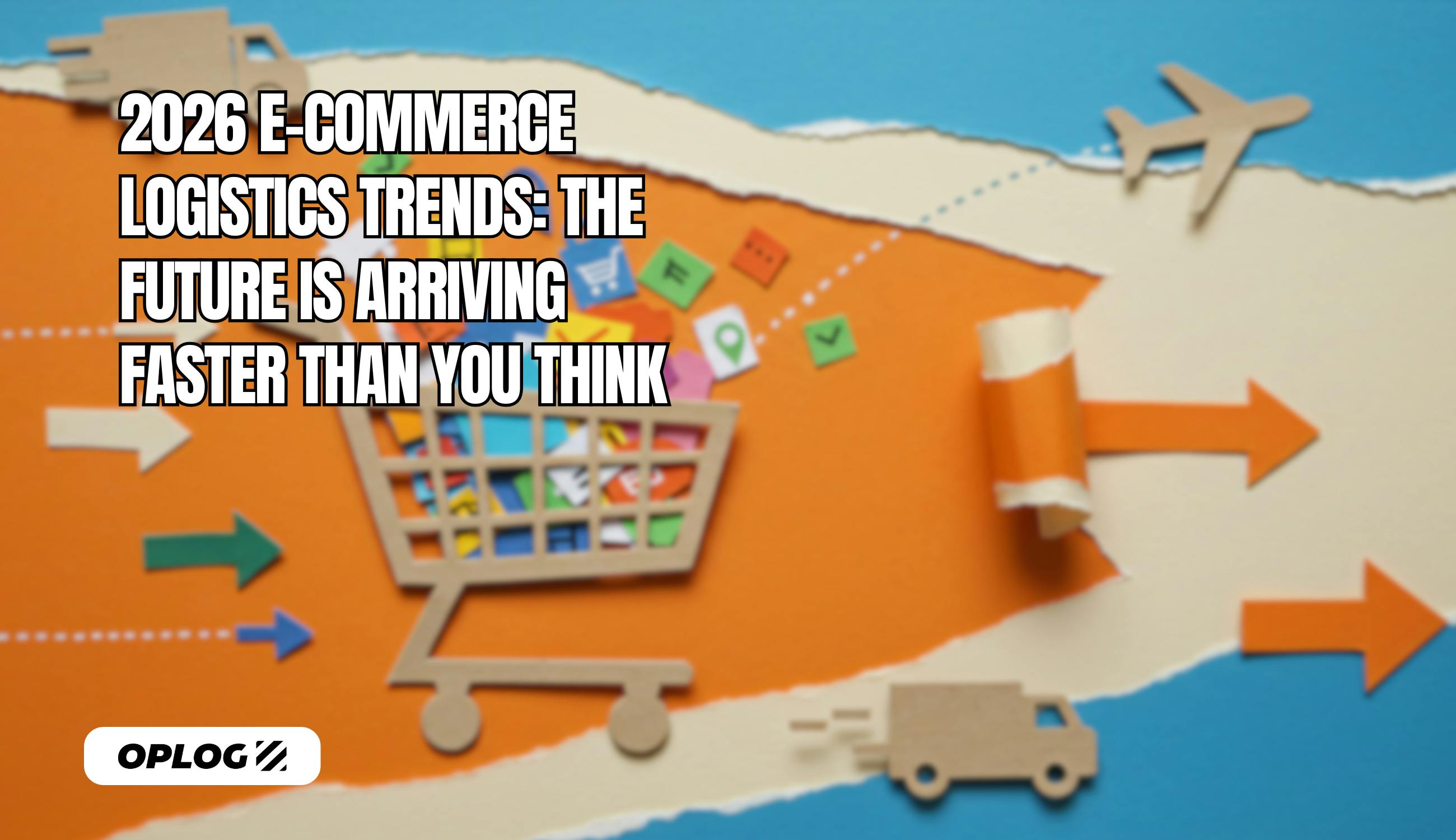Legacy 3PLs were built for a different era—manual processes, fixed contracts, and one-size-fits-all service. Today's UK and German D2C brands need speed, flexibility, and tech-first logistics to compete. In this post, we explore why more brands are leaving traditional providers behind and moving to robot-native fulfillment networks.
The Legacy 3PL Bottleneck: Outdated Infrastructure for Modern Demands
Rigid Systems Can't Keep Up
Traditional 3PLs struggle to meet today's dynamic D2C requirements. Built on manual processes, these systems lag behind rapidly evolving e-commerce trends and consumer expectations.
Recent market data paints a clear picture. Germany's D2C e-commerce revenue dropped from €3.4 billion in 2021 to €2.8 billion in 2024. The UK market has been plateauing since 2021. This decline reflects broader market challenges including saturated advertising costs, increased competition, and the natural maturation of the D2C sector, rather than inadequacies in fulfillment models.
Core Problems with Legacy 3PLs:
- Manual operations: 80% of warehouses remain merely mechanized, not automated
- Fixed cost structures: Inflexible pricing models that don't scale with demand
- Integration challenges: Legacy systems struggle with modern tech stack requirements
- Labor shortages: Chronic warehouse staffing problems
- Error rates: High mistake frequency from manual processes
The Digital Divide in Logistics
Modern D2C brands now expect:
- Same-day or next-day delivery capabilities
- Real-time inventory visibility and accuracy
- Seamless returns processing
- Consistent omnichannel experience across touchpoints
While many traditional 3PLs are rapidly adopting modern technologies to meet these requirements, significant implementation gaps remain across the industry.
The Robot-Native Revolution
Built from the Ground Up for Automation
Robot-native logistics represents a fundamental shift from retrofitting automation to designing systems with robots at the core. These purpose-built solutions deliver:
- Up to 70% faster order fulfillment times
- 99.9% accuracy rates in order processing
- Significant reduction in labor dependency and associated costs
- Measurable return on investment with documented productivity gains
Scalability Without Compromise
The biggest advantage of robot-native systems is their scalability. During peak seasons:
- Over half of 3PLs now rely on robotics to handle peak demand surges without hiring proportional seasonal workforce
- AMR (Autonomous Mobile Robot) adoption projected to grow at 11-30% CAGR with regional variations through 2030
- Majority of warehouses planning technology upgrades, with 77% expecting to implement additional automation technologies
Transformation in UK & German Markets
Market Dynamics Driving Change
UK and Germany lead Europe's D2C transformation, but recent data shows consumers demanding higher quality and faster service:
- UK market: Premium demand returning with 79% of £50,000+ households making D2C purchases
- Germany: Sustainability-focused D2C brands gaining market share
Technology Adoption Drivers
UK and German D2C brands are switching to robot-native logistics for several reasons:
- Speed Requirements: Increasing same-day delivery expectations
- Cost Optimization: Post-Brexit cost pressures requiring efficiency gains
- Customer Experience: Omnichannel integration demands
- Sustainability: Automated warehouse systems significantly reduce energy consumption and carbon footprint, with some implementations achieving up to 80% energy savings compared to traditional solutions
The OPLOG Advantage: Pioneering Robot-Native Fulfillment
OPLOG offers robot-native fulfillment built from the ground up for modern D2C brands. Unlike traditional 3PLs, OPLOG provides:
Proprietary Robotics with TARQAN
OPLOG's TARQAN robotic system delivers intelligent automation that optimizes entire warehouse operations:
- Adaptive Layouts: Dynamic warehouse optimization based on demand patterns
- AI-Powered Orchestration: Machine learning-driven process management
- Seamless Integration: Effortless connection with existing tech stacks
Pay-As-You-Go (PAYG) Flexibility
Breaking away from traditional 3PL fixed costs, OPLOG offers:
- Flexible pricing: Pay only for what you use
- No minimum commitments: Freedom from long-term contracts
- Scalable operations: Grow and shrink capacity based on demand
Real-Time Operational Intelligence
Robot-native systems provide 90% improvement in operational visibility. OPLOG's platform delivers:
- Instant order tracking and status updates
- Predictive analytics for inventory optimization
- Smart alerts for exception handling
Future-Proofing: Why Switch Now?
Market Trajectory
- Global warehouse robotics market projected to reach $10.5 billion by 2030
- Over 80% of leading 3PL providers are actively implementing robotics technology
- D2C market projected to reach $1.1 trillion by 2033, growing at 20.1% CAGR
Competitive Advantage
3PLs making the robot-native transition see:
- Enhanced client retention through improved SLA reliability and performance
- Up to 40% increase in daily processing capacity
- Training time reduced from days to minutes for new associates
Implementation Roadmap: From Legacy to Robot-Native
1. Current State Assessment
- Identify bottlenecks in fulfillment workflows
- Calculate true cost of manual processes
- Analyze error rates and their impact
2. ROI Analysis
- Focus on areas delivering ROI under 3 years
- Factor in labor savings, error reduction, and efficiency gains
3. Pilot Implementation
- Start with small-scale testing
- Measure results and optimize
- Scale gradually based on proven success
[Human Touch Required] Customer success stories and case studies can be added here to showcase real-world OPLOG implementations.
Robot-Native is the New Standard
D2C brands are scaling fast—and they need partners who can keep up. With OPLOG, your warehouse becomes a strategic asset, not a bottleneck. You get the tools to deliver accuracy, speed, and transparency—and your clients get the experience their customers expect.
The future belongs to robot-native logistics. Companies that invest wisely in automation today will be tomorrow's logistics leaders.

